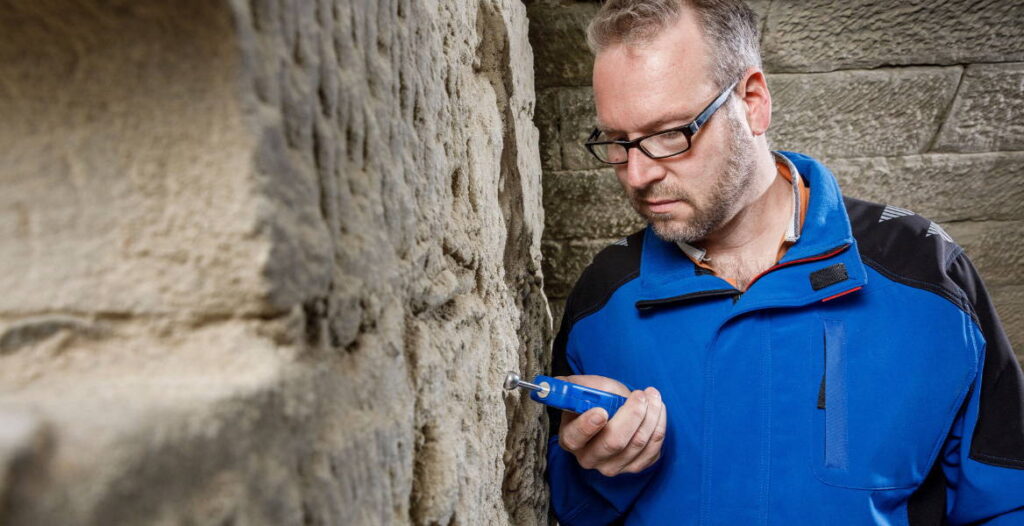Guide to moisture in the house
Moisture in the building structure is often attributed to leaking exterior walls. We show you the effective causes and what you can do about it.
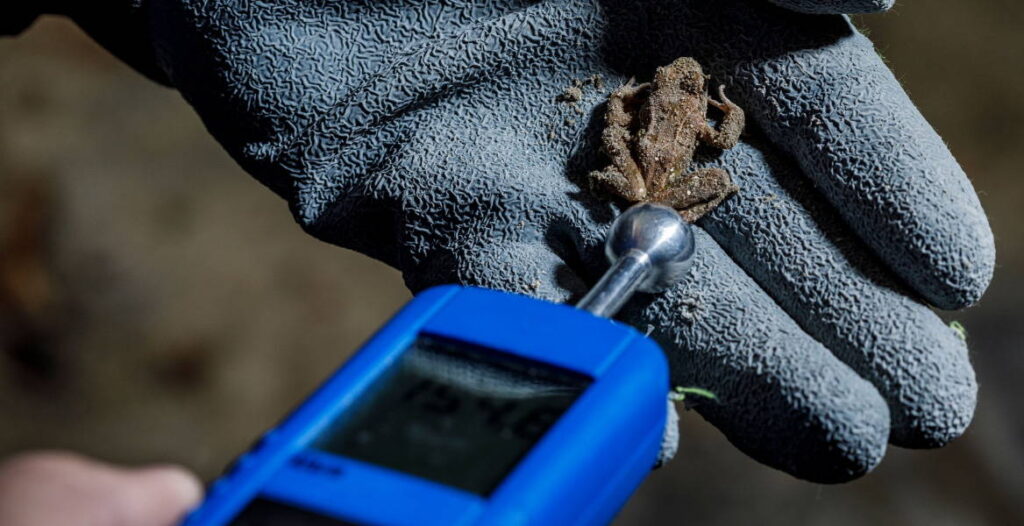
Homepage › Guide
Guide to the topic of building moisture
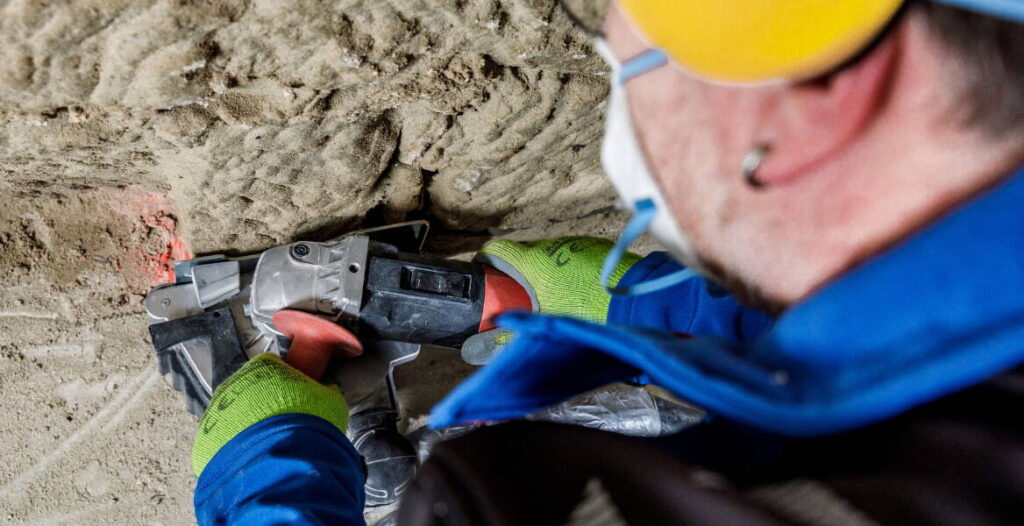
How do you dehumidify your cellar correctly? We clear up misunderstandings and show you solutions.
Learn more ›
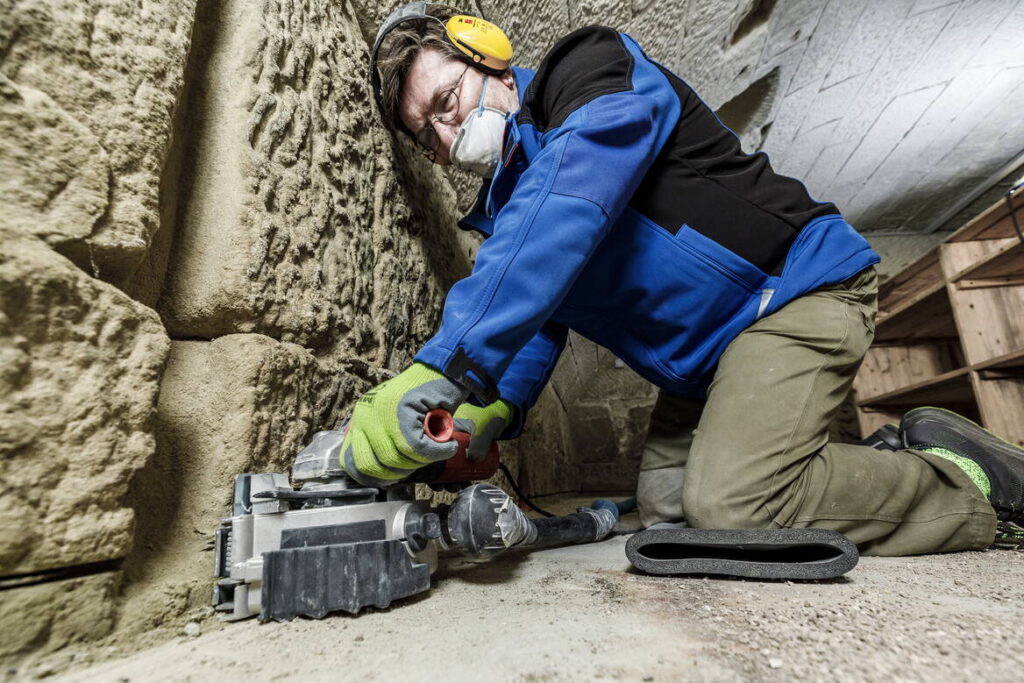
Why do leaky basements occur in the first place and how can they be effectively sealed? We provide you with information.
Learn more ›
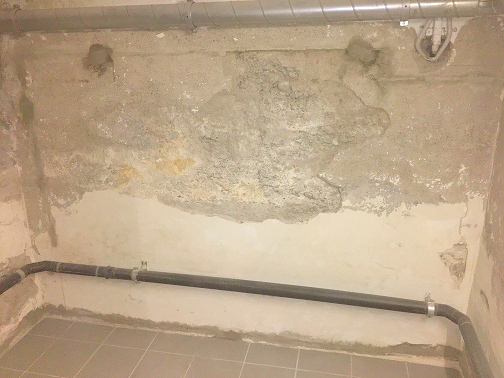
Risks and side effects: What needs to be considered when retrofitting a horizontal barrier?
Learn more ›
Frequently asked questions and answers
Moisture in walls, basements and buildings is a complex problem. The causes are manifold, the consequences as well. With our educational background (civil engineer / building biologist / energy consultant) and as field-tested building experts, we would like to bring the phenomenon of moisture in buildings closer to all interested parties. Read these basics and you will (almost) become an expert yourself...
- Moisture
- Decomposition
- Condensation
- Basement renovation
- Expert opinion
What are the causes of moisture in buildings?
The main causes include rising damp, condensation, as well as defects in an installation.
Moisture effects in walls mostly overlap. Therefore, it is difficult to distinguish between two or more moisture sources acting simultaneously. However, in order to assess moisture-related damage, the sources must be identified. This is often done by an exclusion procedure in several steps.
These components can cause moisture if installed incorrectly:
- External facilities for rainwater (water barrel, cistern, gutter, downpipe, flat roof).
- Condition of bricks, stones, mortar, masonry bases, plaster, weatherproof coatings
- masonry construction, cracks in masonry, covers
- Structures adjacent to walls that lead water to the masonry, including leaking windows and doors.
- Ventilations; their location and condition
- Chimneys and deflectors to protect against rain
- Any existing mechanical or chemical barrier layers against moisture
Can you rule out defective installation as well as condensation as the source of the moisture? Then you can assume that you have capillary rising damp. Unsure? Then contact our experienced experts.
Where does moisture rise?
For water to rise through masonry units, it must pass through the capillaries or joints.
If a house is built of impermeable masonry blocks, moisture can still rise through the joints. Besides the capillaries, the joints are therefore the main routes by which the moisture, coming from the ground, rises in the wall of the building.
The installation of a system for electrophysical drying of buildings eliminates the water in the wall. As a result, moisture no longer rises to the top. In addition, the moisture contained in the building wall can continue to evaporate unhindered on the inner surface of the wall. The wall thus becomes dry.
How high does moisture rise?
How high moisture can rise in building walls depends on various factors. Rise heights above 1.5 meters are rather rare.
Important criteria are, for example, the pore size in the wall, the condition of the joints, the type of wall covering (plaster or paint), and the degree of moisture of the adjacent soil. In most cases, the moisture does not rise higher than 1.5 m. However, in extreme cases (e.g. where the wall has been covered with an impermeable layer), it may rise 2.5 m and more.
The installation of a system for electrophysical building drying reduces the suction tension in the wall. Moisture no longer rises to the top and the moisture contained in the building wall can evaporate. The wall becomes really dry.
What are the causes of decomposition of masonry?
Moisture in walls leads to the long-term decomposition of the building fabric. Physical, chemical and / or biological processes are responsible for this.
Physical process
In the case of building walls in and on which temperature changes occur, capillary moisture penetration promotes damage. Among other things, freezing of the wall surface promotes spalling of the uppermost layer. In addition, the salts carried along with the rising water lead to an increase in volume. This increases the internal pressure of the wall. This can cause the wall to burst open from the inside.
Chemical process
If the building wall is made of reinforced concrete, the salts introduced by the escaping moisture attack the steel reinforcement. The chemical transformation of the iron in the steel to rust causes an increase in the volume of the iron. The rust that forms in the concrete requires more space. As a result, the internal pressure in the concrete increases. This increased internal pressure promotes spalling of the top layer of concrete.
Biological process
Enforcement of the building wall with harmful fungi can lead to uncontrollable reactions in the building material used and to its slow destruction.
The installation of a system for electrophysical drying of buildings eliminates the water in the wall. As a result, moisture no longer rises to the top. In addition, the moisture contained in the building wall can continue to evaporate unhindered on the inner surface of the wall. The wall thus becomes dry. As the wall dries, the decomposing processes are deprived of their basis.
What is the meaning of efflorescence with saltpeter?
Saltpeter efflorescence, also called masonry saltpeter, consists of calcium nitrate. They are formed when lime is dissolved out of the mortar or concrete and converted into calcium nitrate. With alternating moisture penetration and subsequent drying, the lime dissolves and crystallizes again. This forms the saltpeter efflorescence that is easily visible to the eye.
In the long term, this process can cause the masonry mortar, stone or concrete to weather, become brittle. This can destabilize your masonry. Do you have saltpeter efflorescence? If so, you have a sure sign that your masonry is too wet, at least temporarily. Contact our experienced experts.
What are the causes and countermeasures for condensation?
Moisture caused by condensation is often due to incorrect ventilation. Basically, when ventilating, it should be noted that warm air stores more moisture than cold air.
If you ventilate your damp cellar for a long time in the warm season, you carry more moisture into the room. The warmer the air, the more water it can absorb. In the summer months, warm, moist air usually enters the basement. This air cools down in the cooler room. In the process, the humidity condenses on the cold surfaces. The water now condenses on the walls and other surfaces because the cooling air can no longer hold the moisture.
Accordingly, ventilation in summer only makes sense if the incoming outside air is cooler or drier than the indoor air. Therefore, during hot periods, you should ventilate only in the cool morning hours or during the night. If you have an automatic system for ventilating your cellar, you should close it or switch it off on hot days.
The case is different if you have installed an intelligent ventilation system. Intelligent ventilation systems regularly measure the humidity and air temperature inside and outside the room. The device is programmed so that the basement room is ventilated by a fan only if this does not further increase the humidity in the room.
Do you notice moisture in your rooms? But you can not be regularly on site to ventilate? Then an automated intelligent, self-regulating system for ventilation would be advisable. This system will ventilate for you and automatically correctly. You are welcome to contact our experienced experts. They will present you with an intelligent ventilation solution adapted to your personal circumstances.
How to ventilate properly?
Depending on the type and use of the basement, you should leave, adjust or radically change your ventilation behavior.
Living room basement
Do you live in a new building with a well-insulated basement, or has the basement even been converted into living space? Then you should base your ventilation behavior on the values for living rooms. The optimum air humidity is then between 40 and 60 percent. It is best to ventilate the heated basement in the same way as your living rooms.
Storage cellar
If you have stored food in the basement, you will not heat the basement during the winter months. Then make sure that the temperatures do not fall below 0 degrees. Keep the windows tilted during the day. In the summer, keep the basement windows closed. Daily airing is not necessary for food storage. If you provide air exchange now and then in the early morning hours (between 5 and 6 o'clock), this is perfectly sufficient.
Wine / vaulted cellar
The vaulted cellar, which is slightly damp all year round, is also sparsely ventilated. To avoid a musty smell, open the cellar windows early in the morning between 5 and 6 o'clock for about 30 minutes in summer. In winter, you can leave the basement windows in the tilt position during the day. Only when the outside temperature is below zero should you close the windows.
Can you not be on site to ventilate regularly? Then it is recommended to install an automated intelligent, self-regulating system for ventilation. This will automatically ventilate correctly for you. Please contact our experienced experts. They will design for you an intelligent ventilation system adapted to your personal circumstances.
How much does it cost to renovate a basement?
The exact cost can be determined by one of our construction experts.
For repairing more severe damage, we recommend assuming CHF 1,500 per linear meter of wall length as a first throw. If waterproofing is required, we assume a cost of CHF 350 per m² as an initial estimate. In some cases it can cost considerably more. Especially waterproofing from the outside is expensive because of the necessary earthworks. Excavation work would cost between CHF 1,000 and CHF 1,500 per meter of basement wall length.
For an electro-physical drying solution we estimate about CHF 15'000 to 20'000 for a single family house with 60 m² floor space. The simple dehumidification with a building dryer will cost you about CHF 50-100 for the rent and about CHF 100 in electricity costs.
What is there to consider when drying the cellar?
The cause of the dampness should be fundamentally determined by one of our building experts.
The question arises whether the basement walls are tight to the outside. If water penetrates into the cellar from the outside, e.g. through cracks, it will always get wet in your cellar. With devices for drainage you can then only accelerate the drying, but not prevent the soaking.
Renovations and waterproofing can entail high costs. In some cases, they can cost as much as building a new basement. However, if you do not carry out the renovation, you risk damaging the building fabric that supports your house in the long term.
What to do about damp walls despite barrier layer?
Rising damp in the wall can be controlled by subsequently installing a moisture barrier layer. Nevertheless, decomposition processes may occur.
The building wall or any affected facades can remain damp due to the salts contained in them. This is because the water stored in the wall and the salts dissolved in it can no longer flow downwards through the barrier layer installed.
The remedy is the installation of a system for electrophysical drying of walls. Such a system has the effect that moisture no longer rises to the top and that the moisture contained in the building wall drains away to the bottom. As a result, the wall becomes dry.
What do our building experts do for you?
Our experienced experts will find out what is causing the moisture specifically in your property and how much building fabric is affected.
In the building survey, our experts provide you with a reliable, accurate cost estimate for the repair of your moisture damage or possible mold infestation. Our building experts or building biologists analyze the causes and propose measures for a solution within the framework of the building report. In doing so, the expert will take into account the specific boundary conditions. These include the size of the part of the building to be dried, the area of the leaking exterior walls, installation deficiencies or rising damp.
Furthermore, the expert takes into account the extent of moisture in the basement, the location of the damp, moldy places, the fact whether equipment or other technologies need to be used for drying. For all this together, our expert will invest for you, as a rule, one working day. By using our building experts, you can save time and money. Our expert will be happy to provide you with detailed information about the costs and other details.
What does a building survey cost?
Building appraisals usually cost between CHF 1,000 - 1,500. A detailed listing of our expenses and approaches can be found in the cost overview.

Contact us without obligation
Do you have any further questions or may we prepare an offer for you?
Get in touch with us without obligation. We look forward to your inquiry!
Get in touch with us without obligation. We look forward to your inquiry!
Tobias Bayer
Managing Director

